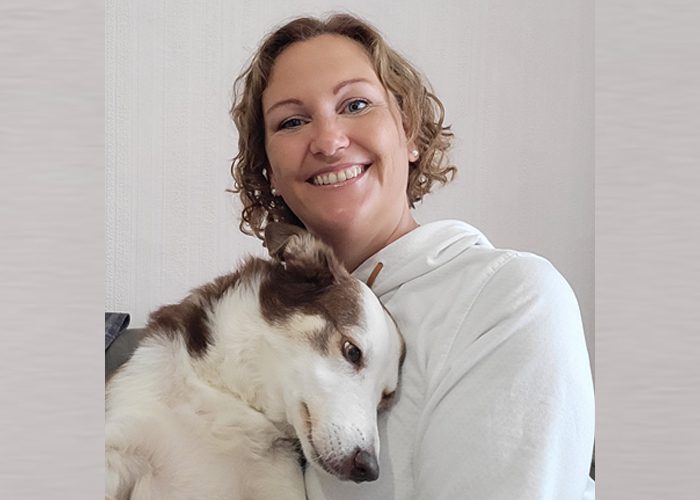CATS and dogs with heart disease could live up to 18 months longer thanks to new AI-empowered testing technology being developed by diagnostics expert MI:RNA.
With current standards of testing missing early signs of heart disease in up to 9 out of 10 cases, MI:RNA’s diagnostic testing technology has 85% sensitivity and 83% accuracy for spotting common diseases, such as mitral valve disease (MMVD), even in the earliest stages.
The company’s NEMO Cardiac Health Screening test detects heart disease earlier in dogs and cats by analysing microRNAs – newly discovered biomarkers involved in disease progression and resolution. When combined with AI, this approach significantly improves early identification of complex conditions like MMVD giving pets the chance to access the best care more quickly.
MMVD can lead to heart failure. Symptoms include reduced exercise tolerance, coughing, restlessness and breathing issues. Early cases are often missed as they have no pronounced symptoms and this preclinical phase can last months or even years.
By identifying MMVD earlier, MI:RNA’s microRNA profiling and AI algorithms can help vets diagnose and monitor disease progression more effectively and assist pet owners and breeders in directing care and resources.
Importantly, the technology is applicable for early detection of other pet diseases too, including epilepsy, kidney disease, intestinal diseases and cancer.
Eve Hanks is the founder and CEO of MI:RNA. She said:
“MMVD is the most common cardiovascular disease in canines and it is estimated that 10% of all dogs seen in primary care veterinary practices have some form of heart disease. In older dogs the prevalence can be as high as 60%.
“It’s clear then that there is a need for additional reliable tools to diagnose and correctly stage MMVD in dogs, by using approaches like the application of microRNA profiling, backed by powerful AI algorithms.
“This slowly progressing condition eventually leads to congestive heart failure as a result of thickening the cusp of the mitral valve on the left side of the heart, which ensures that blood flows in the right direction. Thickened valves fail to form a complete seal, which allows blood to leak back into the atrium.
“The use of precision medicine in veterinary diagnostics will help pet owners and breeders alike to ascertain where to direct their efforts and finances accordingly. There is massive potential to use this technology to help breeds who have real problems with heart disease and other diseases and will consequently help owners and breeders to identify affected animals more quickly.”
Professor Joanna Dukes-McEwan is a professor of veterinary cardiology at the University of Liverpool. She said:
“From our cardiac investigations, we knew exactly the underlying heart disease and the severity of this, so our data was used as a training set for the MI:RNA panel analysis. We have previously collected samples from dogs with myxomatous mitral valve disease and are currently collecting samples from cats with hypertrophic cardiomyopathy.
“I think the MI:RNA panels are most useful for vets in primary care practice to identify and confirm the severity of underlying cardiac disease in their patients. A simple blood test which could confirm that the cause of a heart murmur is MVD, and also indicate its severity, and whether the patient would benefit from treatment would be really helpful for primary care vets in practice. They might indicate which patients may benefit from referral, or indicate when a specific treatment is indicated. Future research with miRNA panels may also indicate novel pathways in progression of disease which might increase our understanding of the disease, or novel therapeutic options.”
